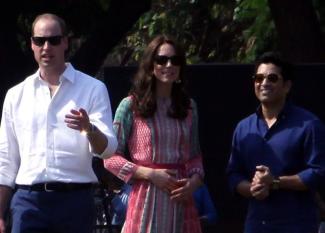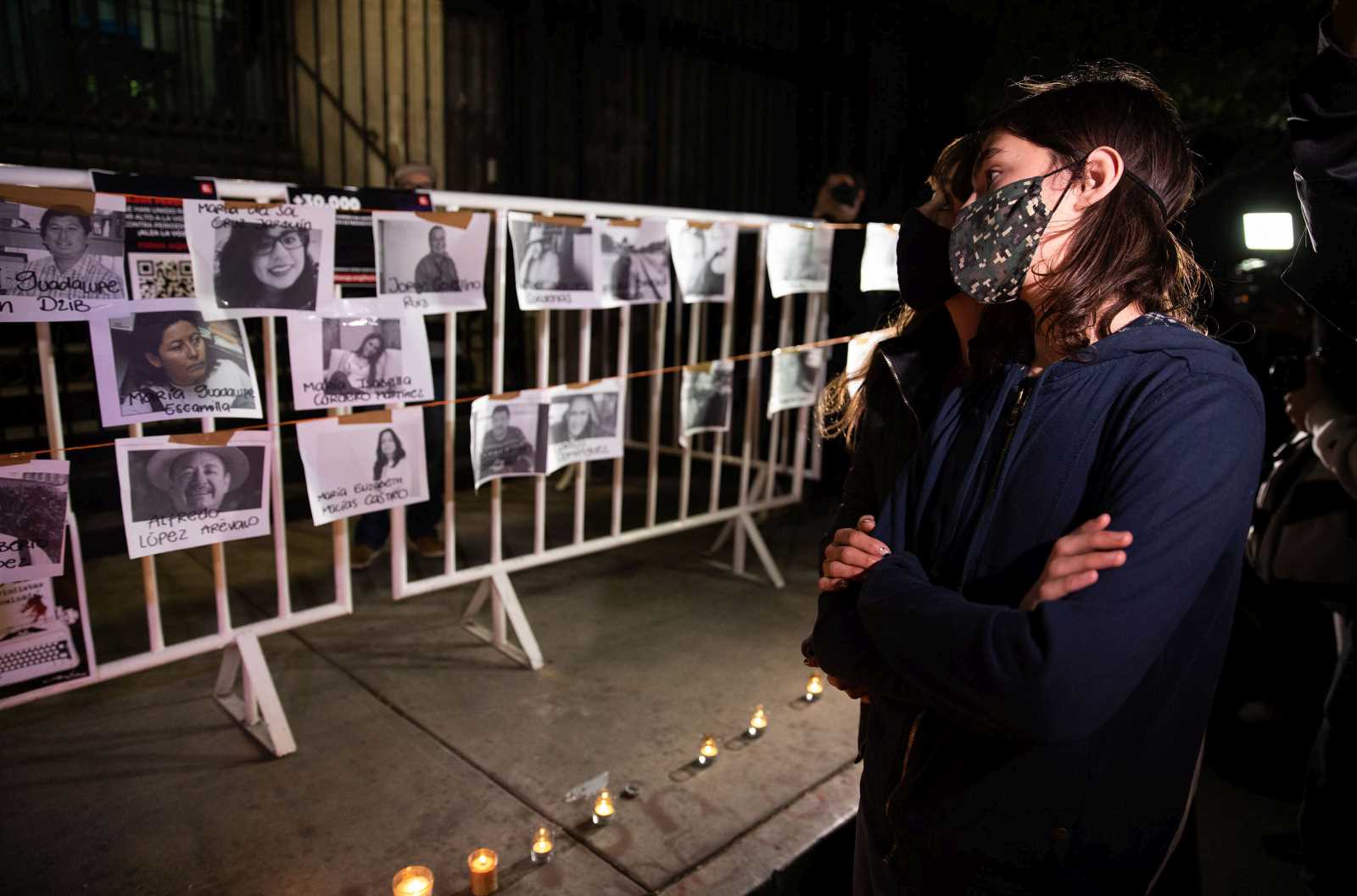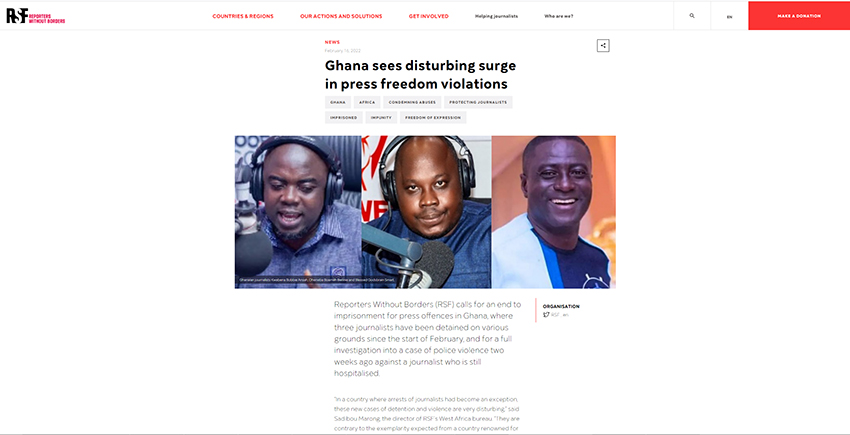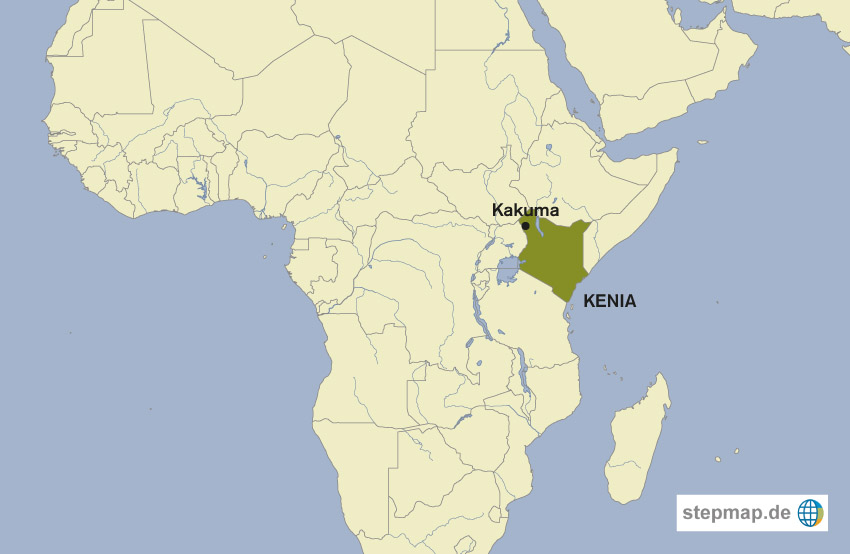Cricket
Hero worship

In mid-2014, the British newspaper The Guardian wrote: “Hell hath no fury like a Sachin Tendulkar fan scorned”. Tendulkar is undeniably one of the all time greatest exponents of the cricket. He played almost 700 international matches and was captain of the Indian team for a long time. Nonetheless, he is probably not a household name to anyone unfamiliar with this sport. Indian fans were furious, however, when Tennis player Maria Sharapova claimed she did not know who he is. They created the hashtag #WhoIsMariaSharapova, which trended so strongly on Twitter worldwide that The Guardian decided to report the matter.
In India, of course, Tendulkar enjoys god-like status. Indeed, a temple has been devoted to him in the northern state of Bihar. He enjoys a bit of earthly power too since he was appointed to the Rajya Sabha, the upper house of the Indian Parliament, by the president. The head of state nominates twelve members of this chamber for six-year terms.
Tendulkar has also been given the honorary title of group captain by the Indian Air Force. He regularly takes part in official military functions – and so does MS Dhoni, his one-time teammate and current captain of the Indian cricket team. Dhoni is an honorary lieutenant colonel in the Indian Territorial Army.
Not all are happy about cricket heroes being celebrated that way. Some Indian states are suffering political violence and have become heavily militarised. It might be worth considering why football, instead of cricket, is the most popular sport in the conflict-ridden north-eastern states. The army enjoys sweeping powers and immunity there, but it has routinely found itself under scrutiny for human-rights abuses. Nationalistic imagery is not popular in the regions concerned.












